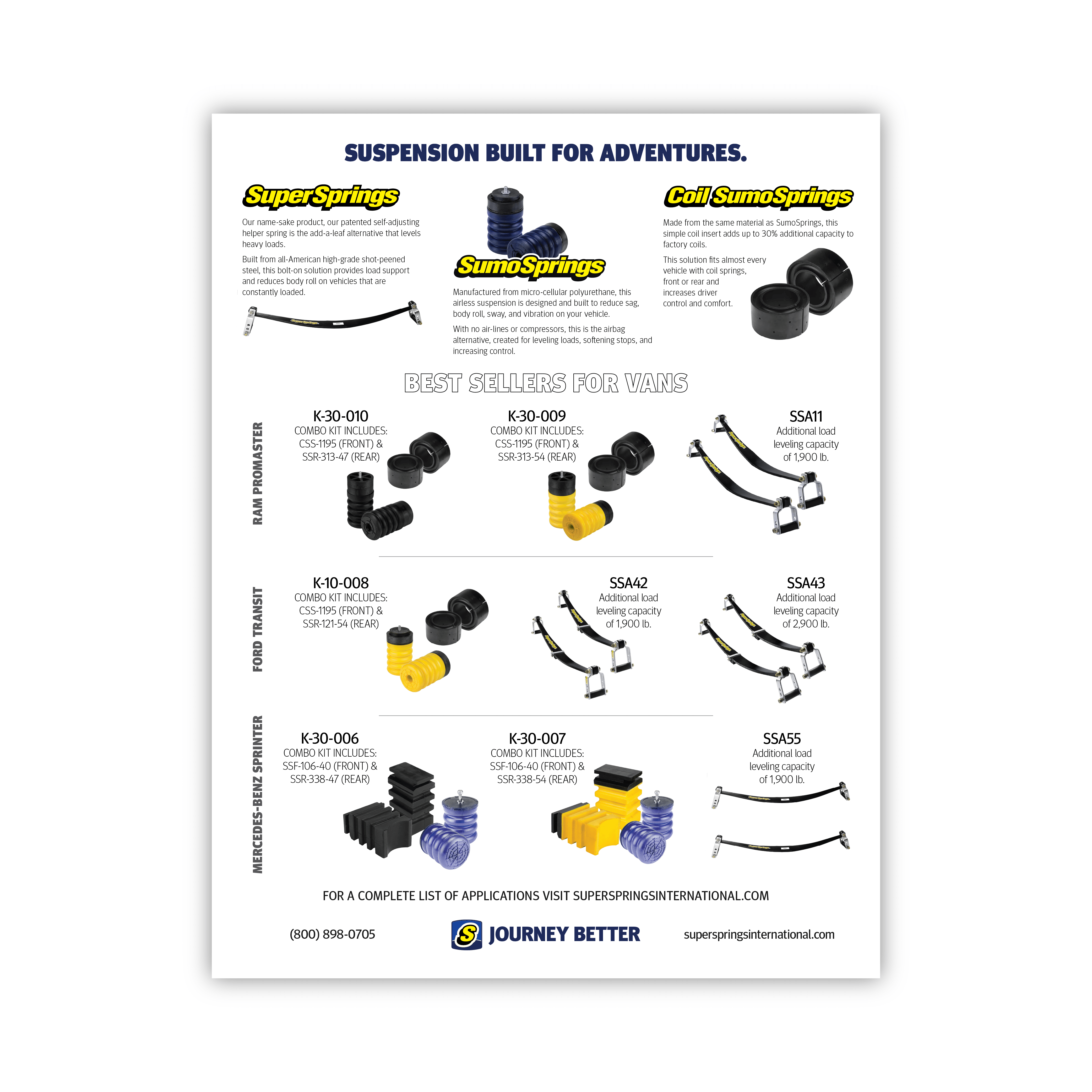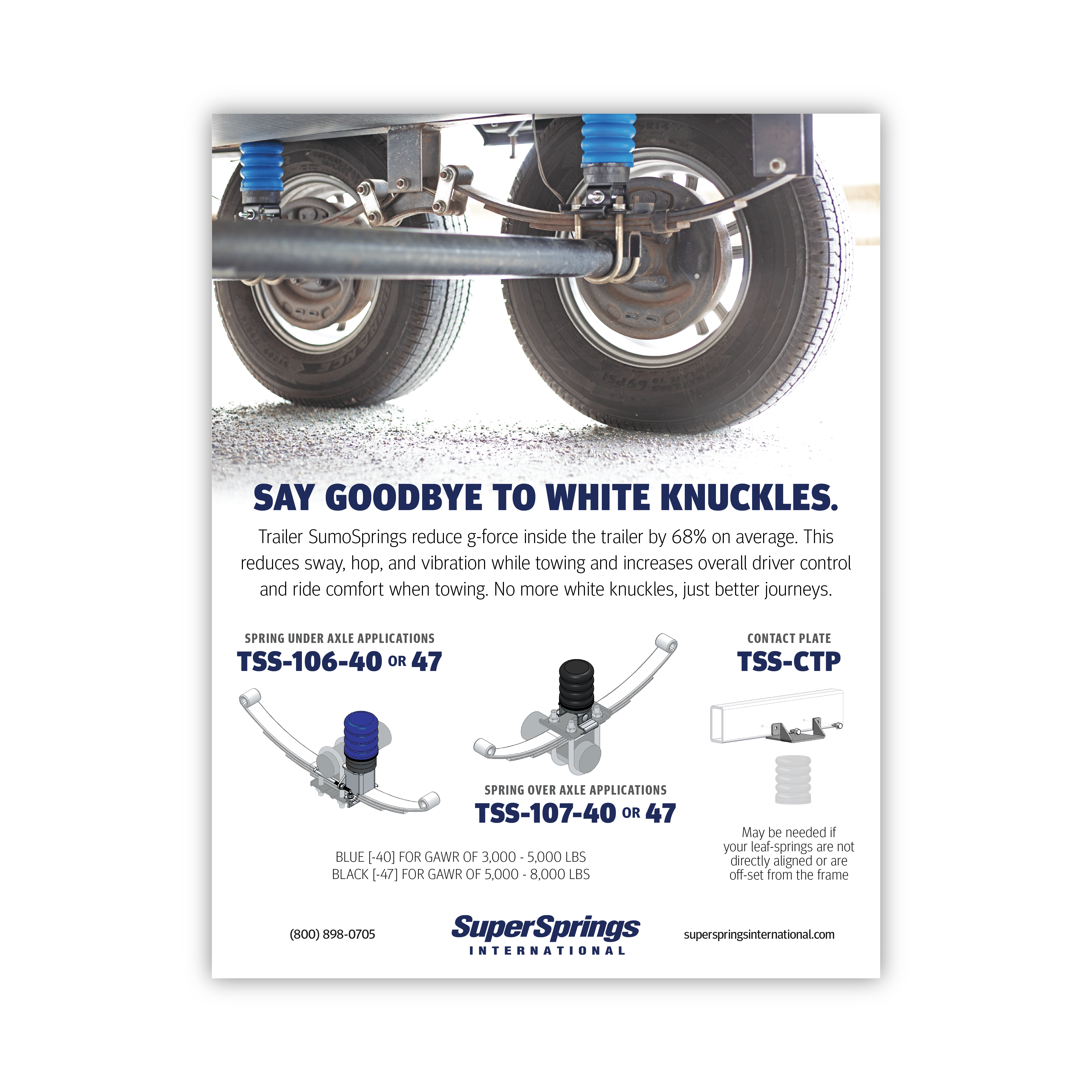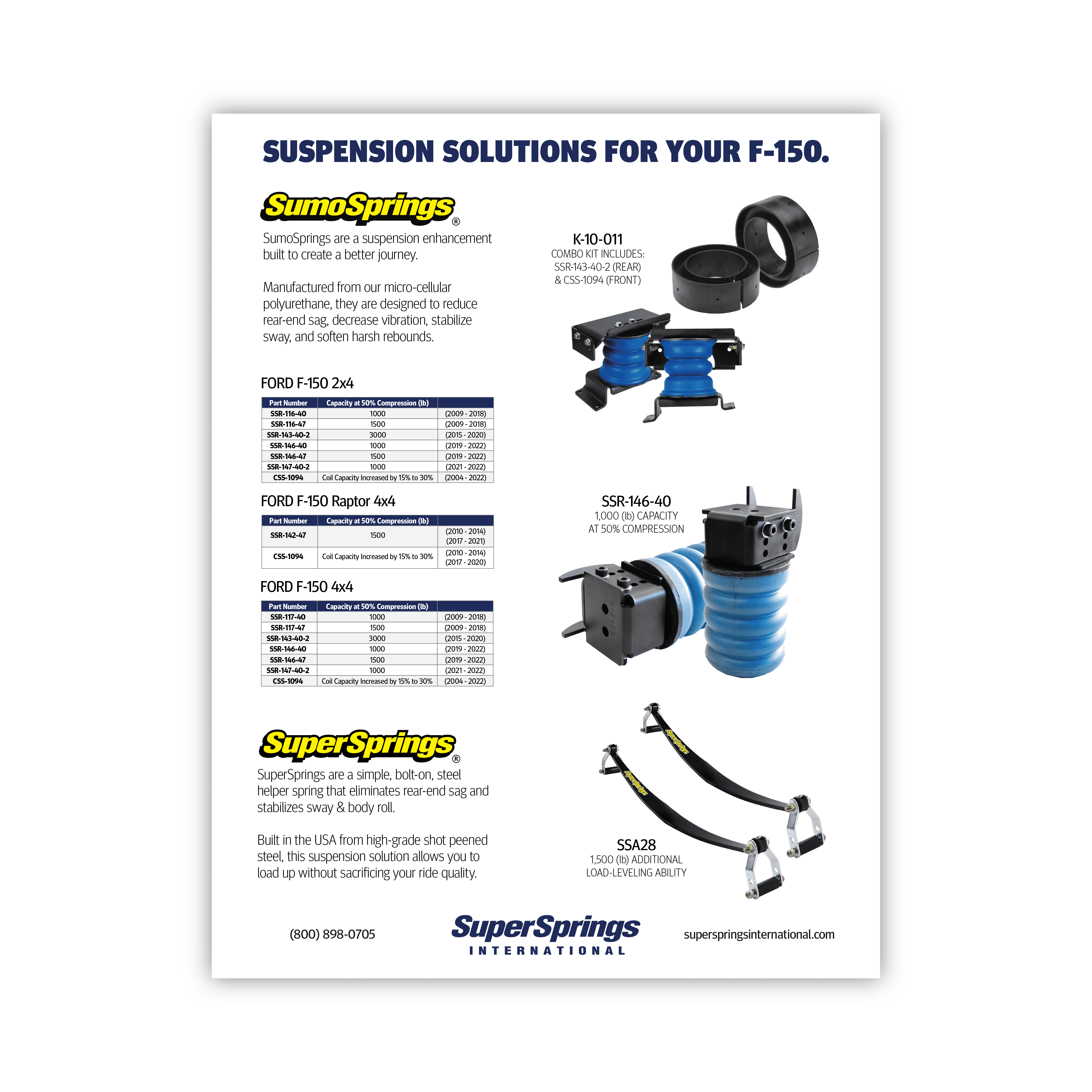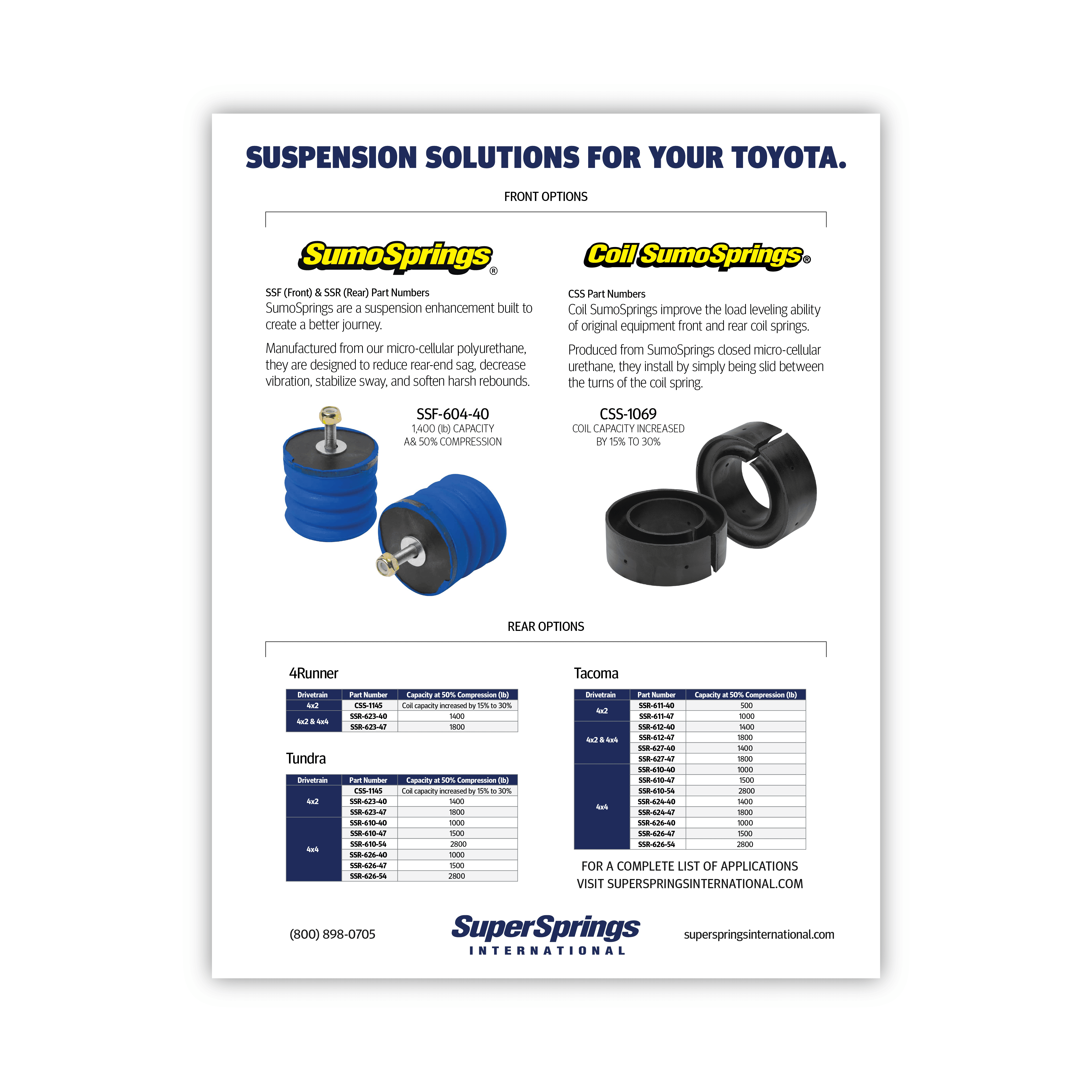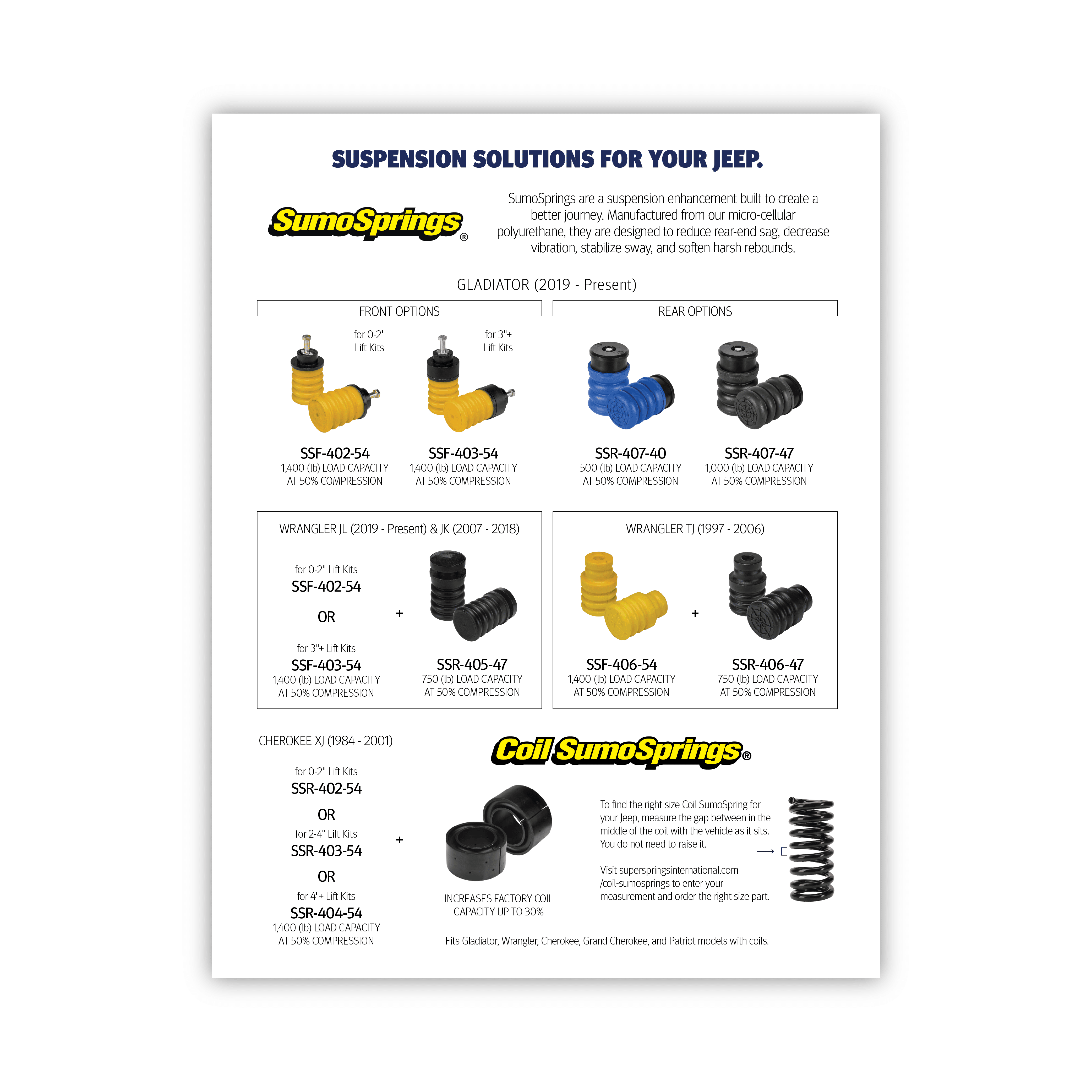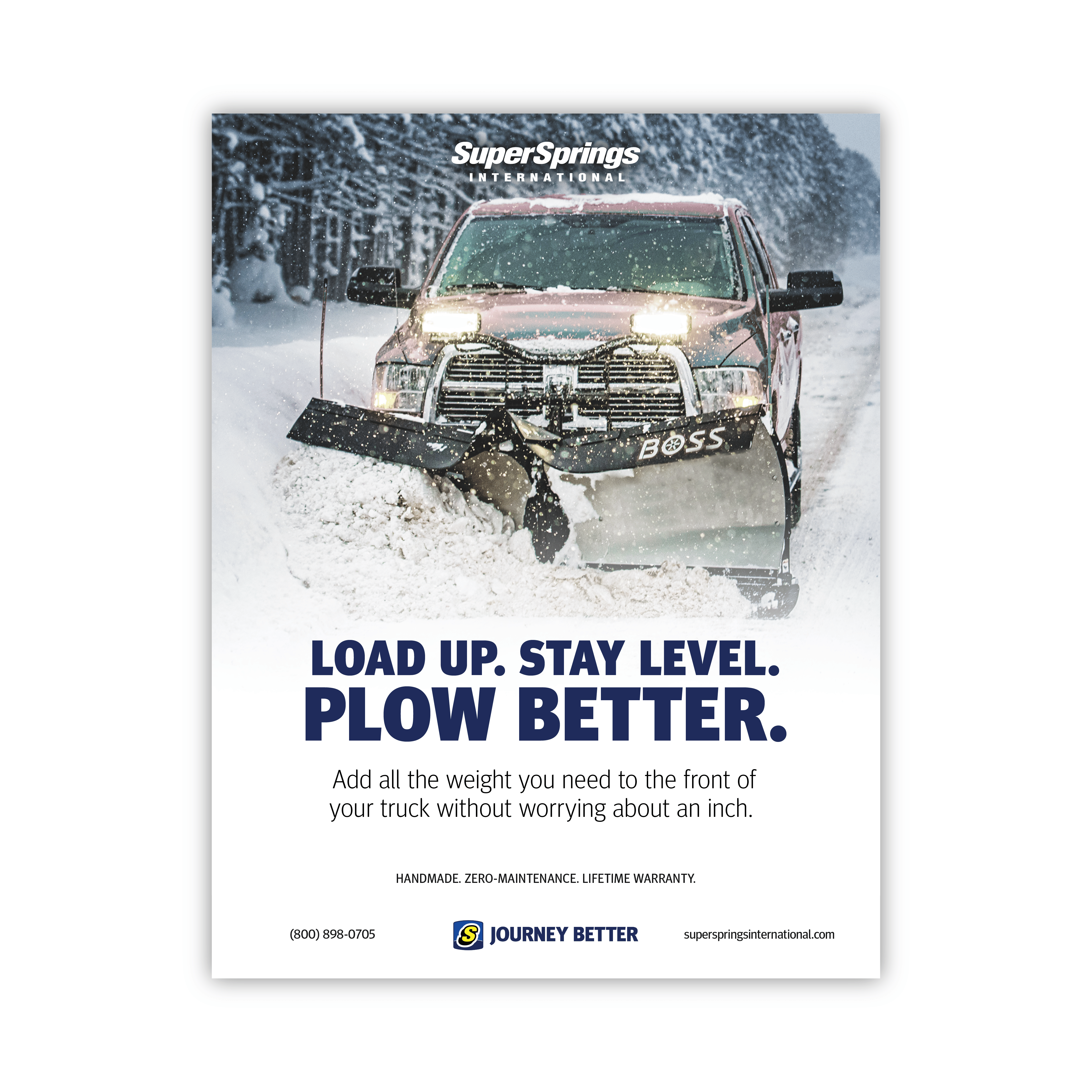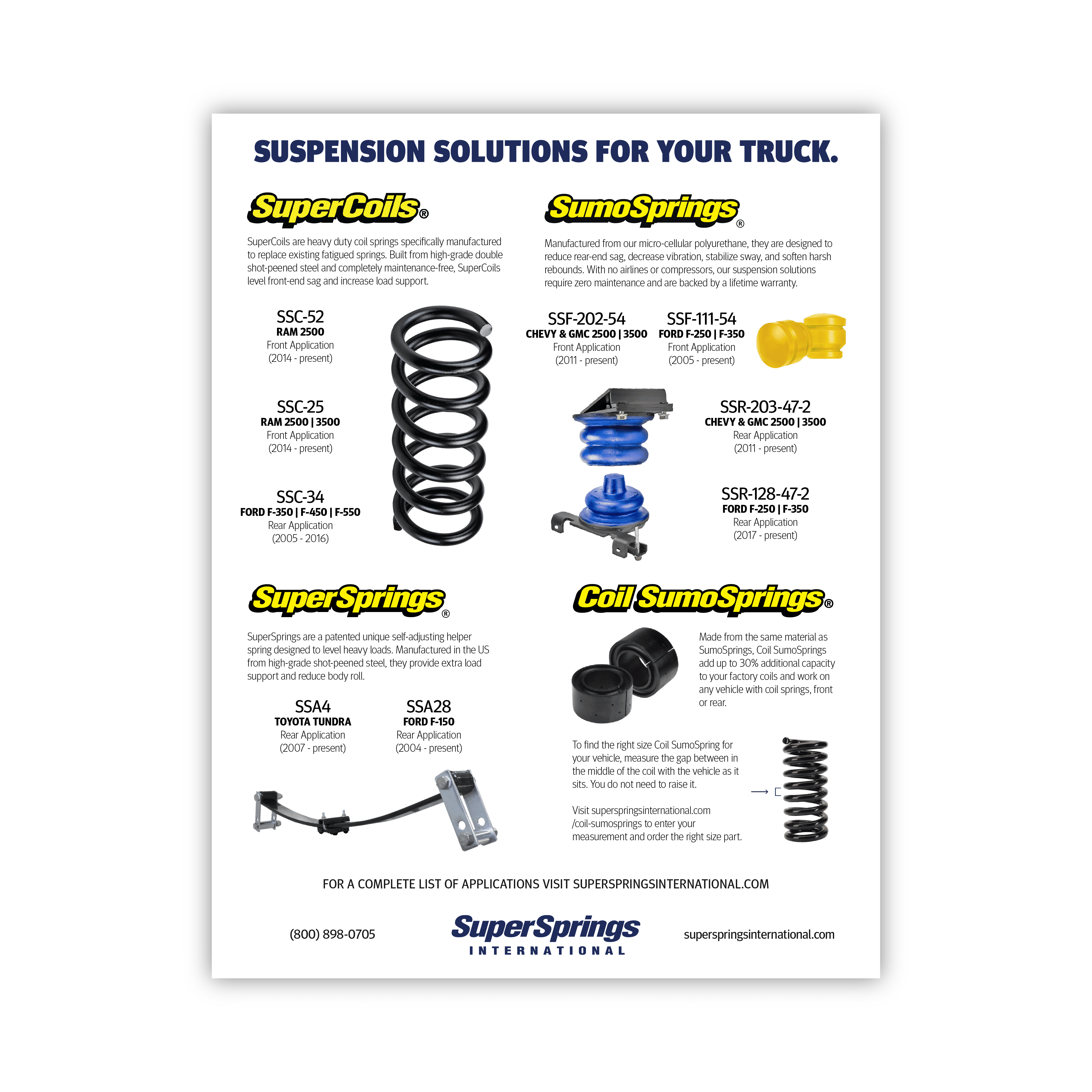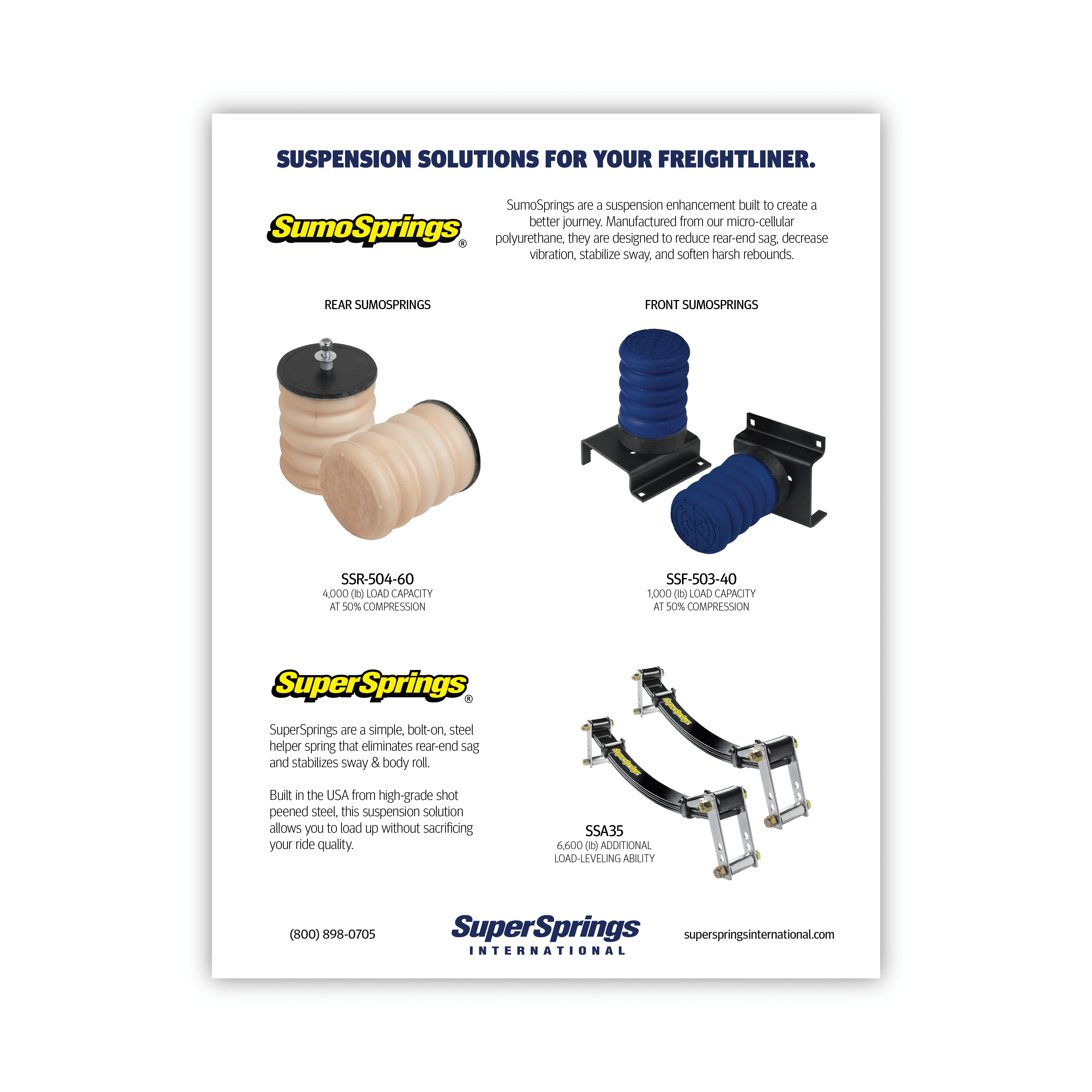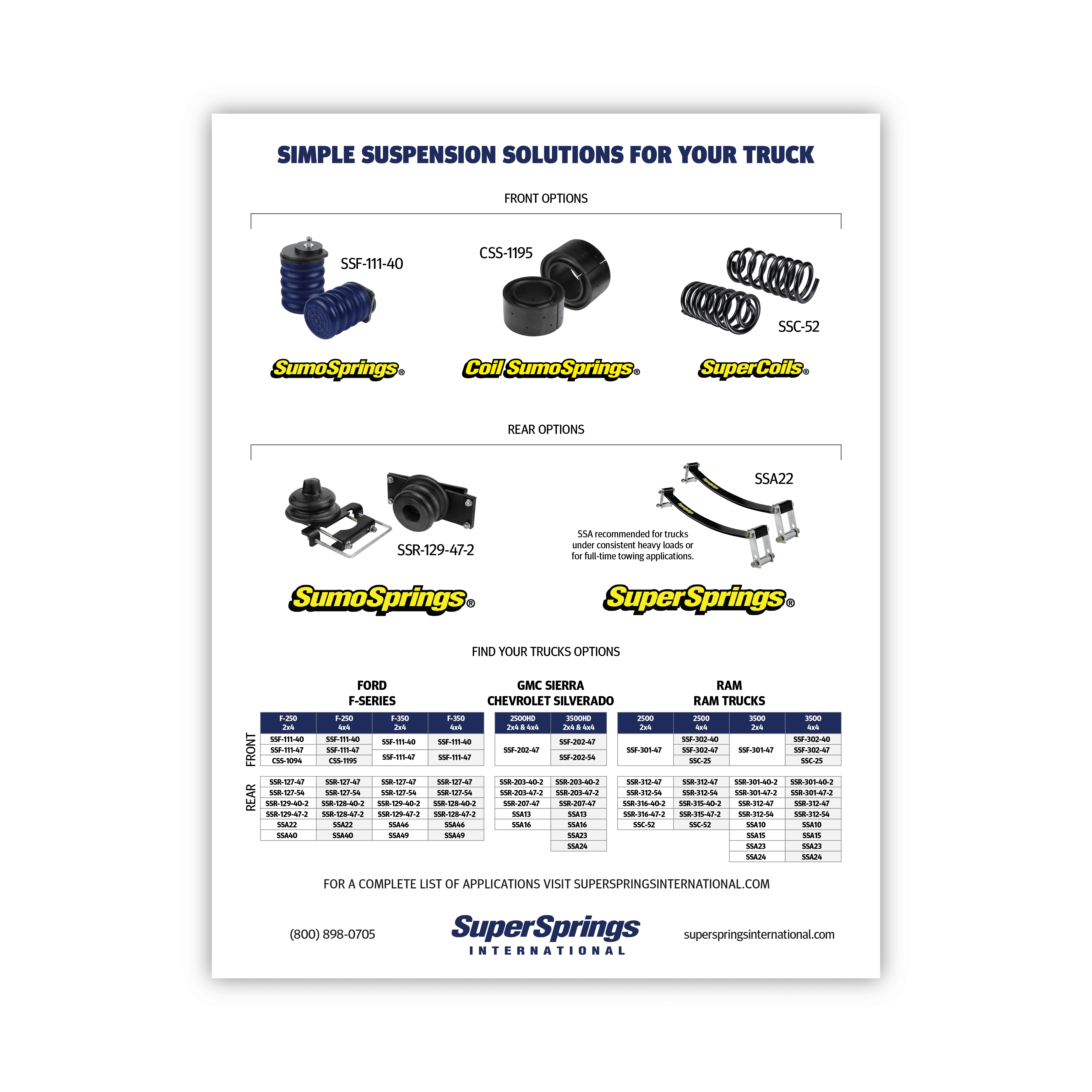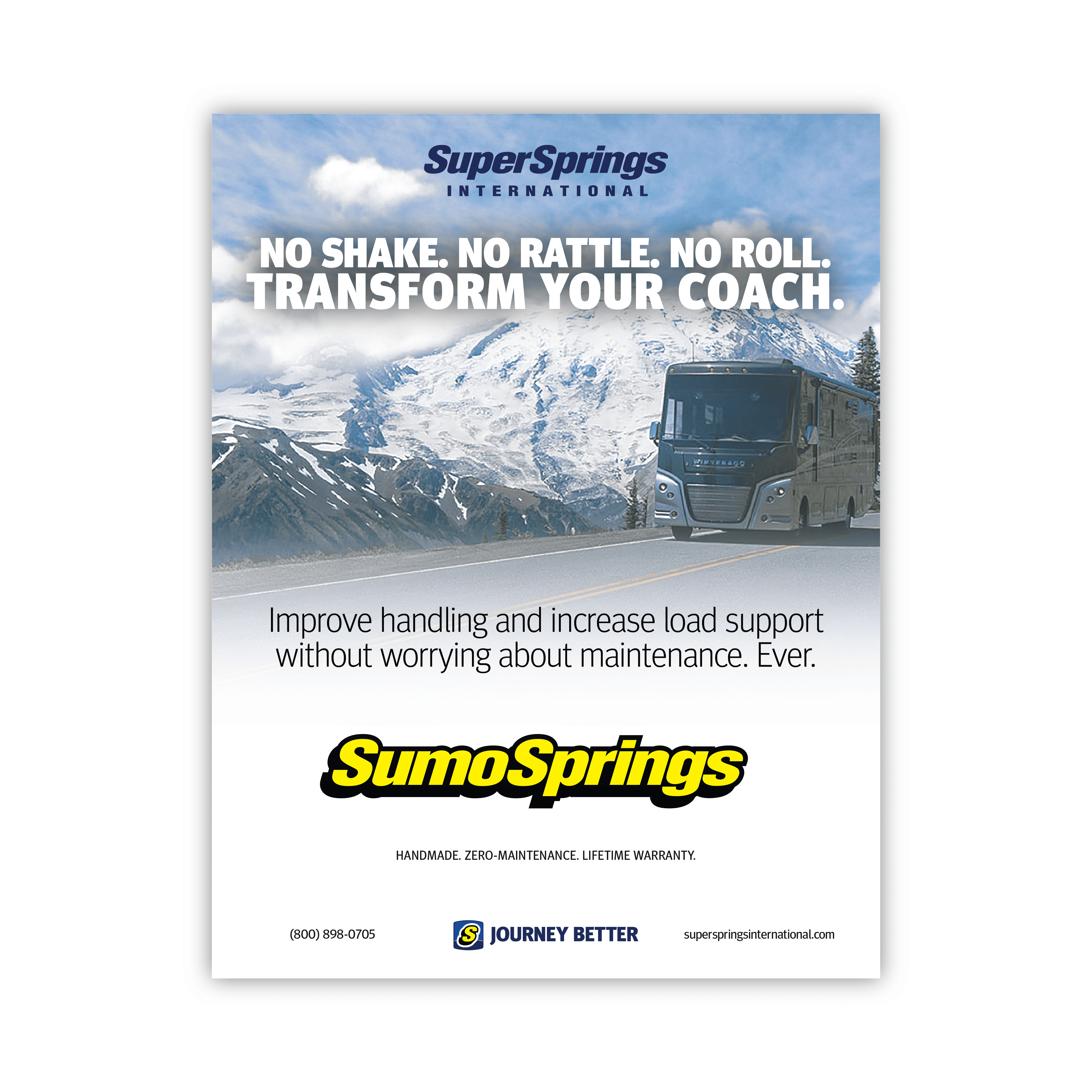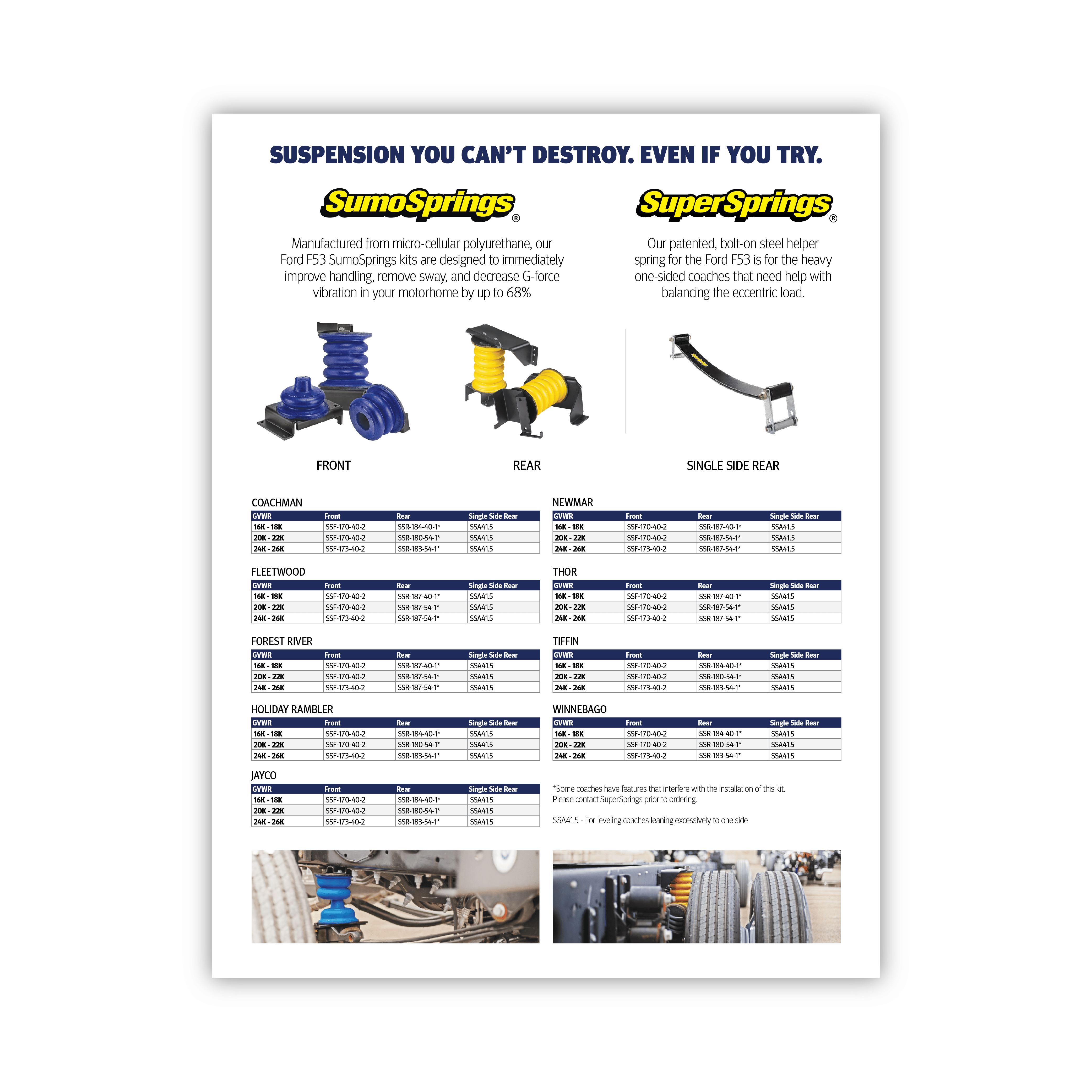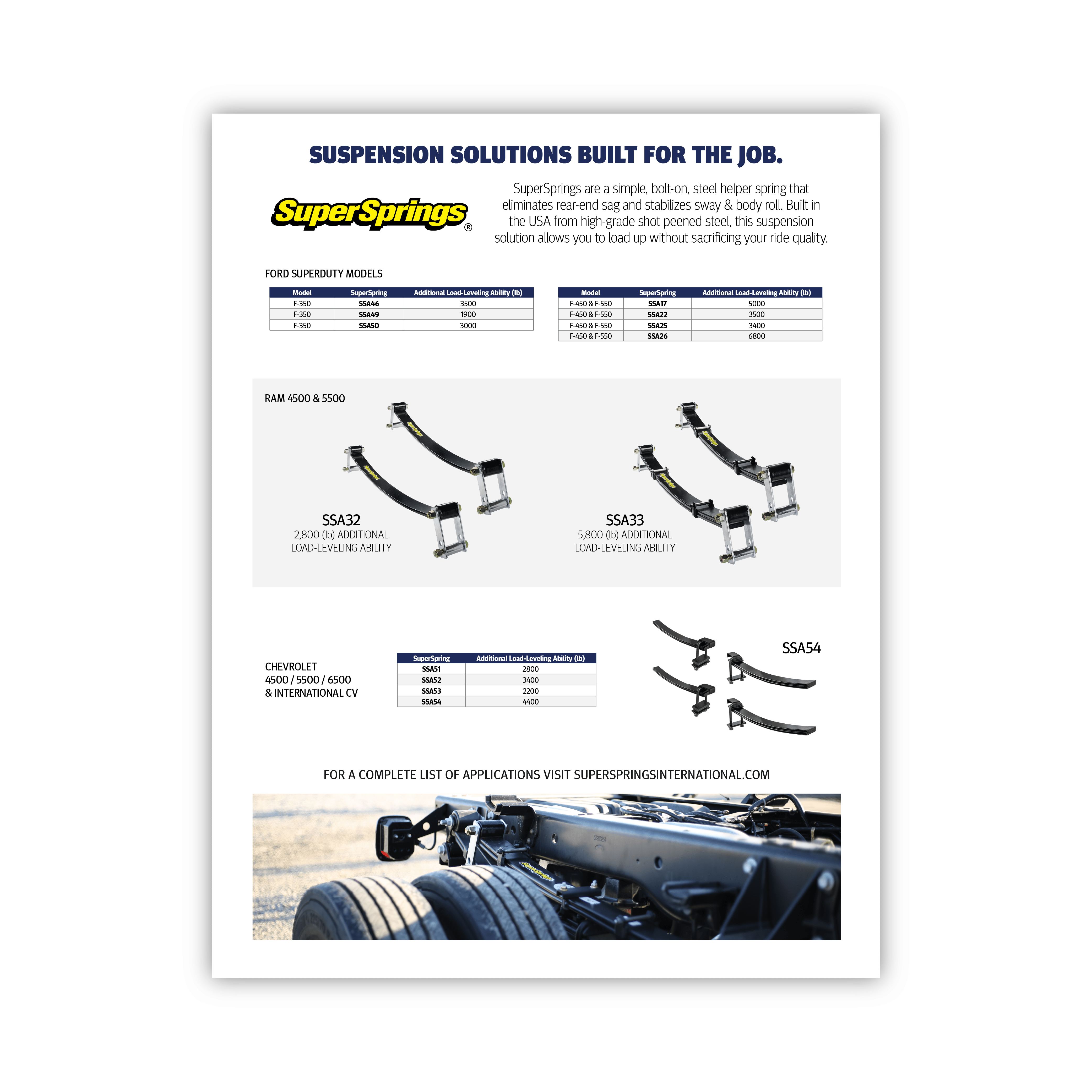Change is a constant in the world of fleet management, and adeptly navigating these shifts is crucial for success. In this comprehensive guide, we’ll explore the strategies and insights that can help fleet managers not only adapt to change but also thrive in the face of evolving landscapes.
Understanding the Dynamics of Change
Fleet managers operate in a dynamic environment where change can manifest in various forms – from technological advancements to shifts in regulations. Embracing change is not only necessary but can also lead to improved efficiency and competitiveness.
1. Stay Informed About Industry Trends
Keeping abreast of the latest industry trends is essential for fleet managers. Subscribe to reputable publications, attend conferences, and engage with industry forums to stay informed about emerging technologies, regulatory changes, and best practices.
2. Embrace Technology and Automation
The integration of technology and automation can significantly impact fleet management. Explore fleet management software, telematics, and other technological solutions to enhance efficiency, monitor vehicle health, and streamline operations.
3. Foster a Culture of Adaptability
Cultivate a workplace culture that embraces change. Encourage open communication, provide training on new technologies, and recognize and reward adaptability among your team members.
4. Assess and Upgrade Fleet Vehicles
Regularly assess the state of your fleet vehicles and consider upgrades to newer, more efficient models. Newer vehicles often come equipped with advanced safety features and improved fuel efficiency, contributing to overall fleet performance.
Sign Up for a Better Journey
Looking to improve the performance of your fleet vehicles? Sign up for our newsletter to receive professional tips, product updates, and exclusive offers from SuperSprings International. Stay informed and make the most of your fleet with SuperSprings International.
5. Prioritize Driver Training
Invest in ongoing driver training programs to ensure that your team is well-prepared for changes in regulations, safety standards, and technological advancements. Well-trained drivers contribute to safer and more efficient fleet operations.
6. Evaluate and Adjust Operational Procedures
Regularly review and adjust operational procedures to align with industry changes. This may involve revising maintenance schedules, optimizing routes, or implementing new safety protocols.
7. Collaborate with Industry Partners
Establish strong partnerships with industry suppliers, manufacturers, and other stakeholders. Collaborating with reliable partners can provide valuable insights, access to cutting-edge technologies, and a network of support during times of change.
8. Anticipate Regulatory Changes
Monitor and anticipate regulatory changes that may impact fleet operations. Staying ahead of compliance requirements ensures that your fleet remains in adherence to legal standards and avoids potential disruptions.
9. Implement Change Gradually
Introduce changes gradually, allowing your team to acclimate and providing ample training and support. Sudden and drastic changes can lead to resistance, while a phased approach promotes smoother transitions.
10. Seek Employee Feedback
Engage your team in the decision-making process by seeking their feedback and insights. Employees who feel heard and valued are more likely to embrace change positively.
SuperSprings for Your Fleet Vehicles
1. Dynamic Support
SuperSprings are engineered to provide dynamic support to your vehicle’s suspension system. Acting as supplementary springs, they engage only when needed, offering additional assistance when carrying heavy loads or towing trailers. This dynamic nature ensures a comfortable and balanced ride, adapting to your driving conditions seamlessly.
2. Enhanced Stability
One of the key benefits of SuperSprings is their contribution to enhanced stability. Whether you’re navigating challenging terrains or cruising down the highway, SuperSprings work in harmony with your existing suspension, promoting stability and minimizing body roll.
3. No Maintenance Hassles
SuperSprings are designed for simplicity. Once installed, they require minimal maintenance, freeing you from the hassles of regular adjustments or upkeep. This user-friendly aspect adds to the appeal of SuperSprings as a reliable and efficient enhancement to your vehicle.
4. Improved Ride Quality
SuperSprings play a pivotal role in elevating your vehicle’s ride quality. By providing additional support to your suspension system, they help mitigate the impact of bumps, potholes, and uneven surfaces, resulting in a smoother and more enjoyable driving experience.
5. Versatility in Application
Whether you own a truck, SUV, or RV, SuperSprings cater to a diverse range of vehicles. Their versatility in application makes them a go-to choice for drivers seeking a reliable solution to enhance load-carrying capacity and overall performance.
6. Simple Installation Process
Installing SuperSprings is a straightforward process, making them an accessible upgrade for vehicle owners. The simplicity of installation, coupled with the immediate improvement in ride quality, positions SuperSprings as a convenient and effective choice for those looking to optimize their vehicle’s capabilities.
Addressing Your Questions: Unveiling the Power of SuperSprings
Do SuperSprings affect the quality of my ride when my fleet vehicle is not loaded?
SuperSprings are designed to engage only when additional support is needed, ensuring that your ride remains comfortable and smooth under normal driving conditions. When the vehicle is not loaded, SuperSprings do not compromise the comfort of your ride. This makes SuperSprings an excellent choice for Pest Control, Delivery, and other professional services that see trucks leave loaded in the morning to return without carrying any weight.
Frequently Asked Question
Q: How can fleet managers prepare for upcoming regulatory changes?
Preparing for regulatory changes involves staying informed, attending industry conferences, and collaborating with industry partners. Implementing a robust compliance management system can also aid in navigating regulatory shifts successfully.
Embark on the journey of change in fleet management armed with the knowledge and strategies to navigate transitions successfully. By fostering a culture of adaptability, staying informed, and implementing best practices, fleet managers can lead their teams through evolving landscapes and position their fleets for sustained success. #JourneyBetter







